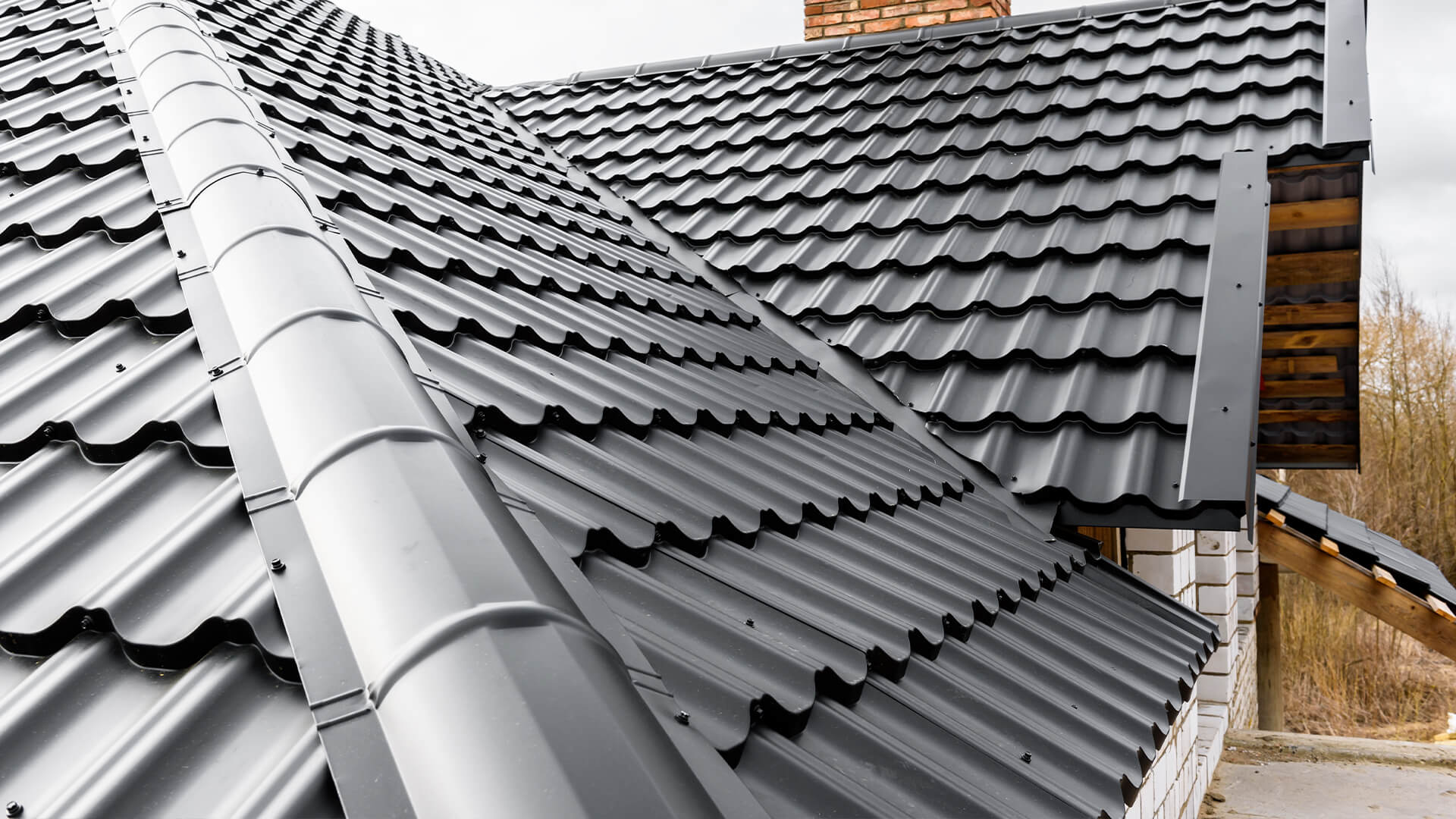The Advantages of Collaborating With Gainesville FL Roofing Companies
The Advantages of Collaborating With Gainesville FL Roofing Companies
Blog Article
Finest Practices for Ensuring Appropriate Roofing Ventilation
Making certain correct roof air flow is important for the durability and performance of a roofing system. A well balanced intake and exhaust vent ratio, commonly 1:300, plays a crucial function, with intake vents ideally put at the lower edge of the roofing for trendy air entrance and exhaust vents at the optimal for cozy air departure. Regular evaluations to identify clogs and preserve clear airflow are extremely important. Maintaining insulation away from vents is critical to avoid air movement limitation. Recognizing these foundational components sets the stage for even more detailed insights right into setup and upkeep practices that can substantially enhance your roof covering system's performance.
Understand Ventilation Essentials
Effectively understanding ventilation fundamentals is necessary for ensuring the longevity and effectiveness of roof systems. Efficient air flow reduces moisture accumulation and temperature extremes in the attic room, both of which can cause substantial architectural damage gradually. A well-ventilated roof covering aids in stopping usual concerns such as mold and mildew growth, wood rot, and ice dams, which can jeopardize the stability of the roofing materials and the underlying structures.
The main objective of air flow is to promote the motion of air, enabling a consistent exchange between the indoor and exterior environments. This equilibrium is accomplished with a mix of consumption and exhaust vents that interact to preserve ideal airflow. Intake vents, typically located along the soffits or eaves, enable fresh air to enter the attic room room, while exhaust vents, frequently situated at or near the roof ridge, allow hot, moist air to run away.
Trick factors affecting the efficiency of roof covering ventilation include appropriate placement, appropriate sizing, and making sure that both consumption and exhaust vents are unblocked. Regular examination and maintenance are crucial to recognize possible obstructions, damages, or inadequacies in the air flow system, consequently safeguarding the roof's efficiency and sturdiness.
Sorts Of Roof Vents
Roofing vents play an important role in keeping effective attic room air flow and, by extension, the general health of the roofing system. Different kinds of roof vents are readily available, each with distinct benefits customized to particular roof covering needs.

Soffit vents are mounted under the eaves and work in tandem with roof vents to make sure a well balanced consumption and exhaust system. By allowing cooler air to get in from below, soffit vents help with the expulsion of hot air via upper vents. Gable vents, situated on the outside walls of the attic, offer another efficient remedy, especially in homes with saddleback roofs.
Assess Your Present Ventilation

Following, think about the age and problem of your roofing products and air flow parts. Older systems might not abide by present building regulations or may have worn away with time, reducing their performance. Conduct a complete evaluation to identify any indicators of wear and tear, such as rust, damage, or voids that could endanger the system's performance.
Furthermore, gauge the attic room temperature level and moisture degrees. High temperature levels and humidity can show poor ventilation.
Installation Best Practices
Efficient installment of roof covering air flow systems is vital for making certain optimal performance and longevity. Proper this website setup begins with recognizing the details air flow needs of the roofing system and the structure it covers. This includes calculating the appropriate ratio of consumption to wear down vents, typically adhering to the 1:300 guideline, which specifies one square foot of ventilation for each 300 square feet of attic flooring area.

Consumption vents should be mounted at the roofing's reduced edge, commonly in the soffits, to allow awesome air to go into. Exhaust vents, on the various other hand, should be mounted Go Here near or at the roof's height to promote the leave of cozy, moist air.
Seal all vent links meticulously to stop air leakages and prospective water seepage. Usage premium products and comply with manufacturer guidelines to make certain sturdiness and performance. Additionally, integrating ridge vents with baffles can considerably improve airflow efficiency by preventing wind-driven rain and snow from getting in the attic room.
Ultimately, exact setup of roof ventilation systems reduces prospective issues such as mold growth, ice dams, and architectural damages, guaranteeing the roofing system's honesty and the structure's total health.
Routine Upkeep Tips
Uniformity you can try these out in upkeep techniques is essential to ensuring the lasting effectiveness of roof air flow systems. Normal evaluations are essential, preferably executed biannually-- in the springtime and autumn. During these inspections, guarantee that vents are devoid of particles, nests, and other blockages that could restrain air movement. Look for any signs of moisture build-up or mold and mildew, as these can show improper ventilation or leakages (gainesville roofing companies).
Use a soft brush or a vacuum cleaner to eliminate dirt and debris from consumption and exhaust vents. Be careful not to damage the vent screens or louvers throughout the process.
Appropriate insulation is similarly important. Guarantee that attic insulation does not obstruct the vents, as this can significantly restrict air flow. If any insulation has moved or settled, reposition or replace it to preserve an efficient obstacle.
Finally, replace any harmed or missing out on elements quickly. Damaged vents, cracked shingles, or tatty flashing can all contribute to insufficient air flow and should be attended to right away. Regular maintenance makes sure that the roofing ventilation system operates efficiently, therefore extending the life-span of the roof covering itself.
Final Thought
Guaranteeing appropriate roof air flow is paramount for keeping the performance and durability of a roof covering system. Adherence to the 1:300 consumption and exhaust vent ratio, combined with the critical positioning of vents, is essential. Normal biannual evaluations, particles cleansing, and making sure insulation does not obstruct air movement are vital practices. Implementing these finest techniques will promote a well-ventilated roof, therefore reducing prospective problems associated to moisture accumulation and extreme heat, inevitably prolonging the roofing's life expectancy.
A well balanced consumption and exhaust vent proportion, typically 1:300, plays an essential role, with intake vents preferably placed at the lower side of the roofing for cool air access and exhaust vents at the optimal for cozy air exit. Intake vents, generally located along the soffits or eaves, permit fresh air to enter the attic room space, while exhaust vents, typically positioned at or near the roofing ridge, allow hot, damp air to get away.
Soffit vents are installed under the eaves and work in tandem with roofing system vents to make certain a balanced consumption and exhaust system. By allowing cooler air to get in from below, soffit vents promote the expulsion of warm air with upper vents. Adherence to the 1:300 consumption and exhaust vent proportion, coupled with the critical positioning of vents, is crucial.
Report this page